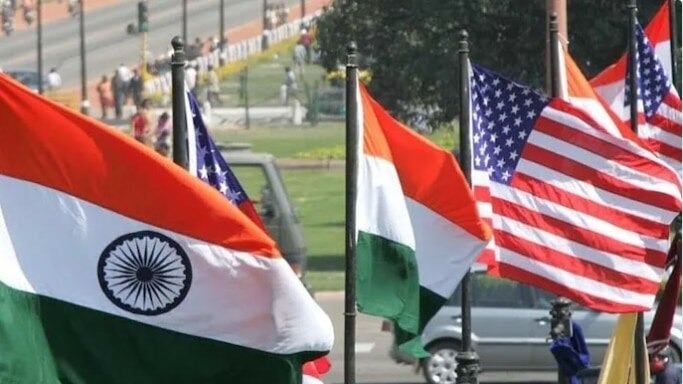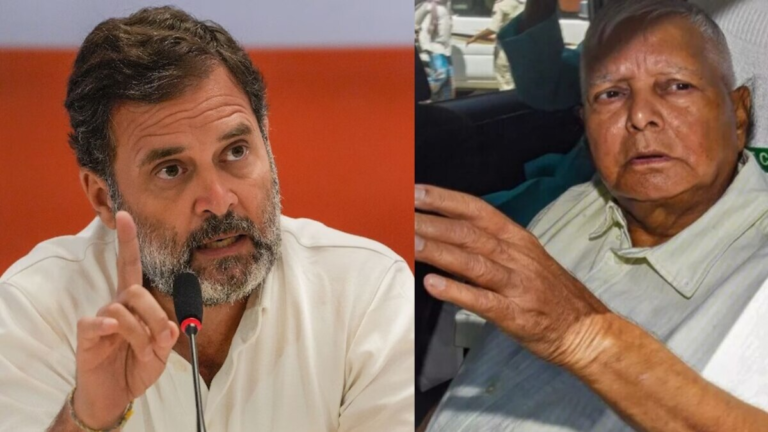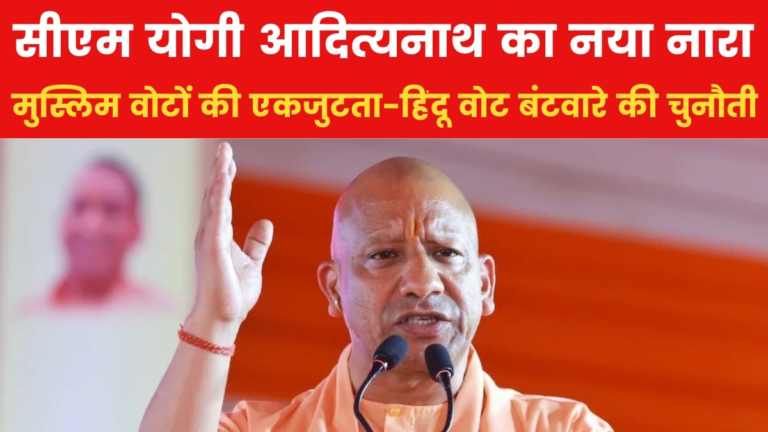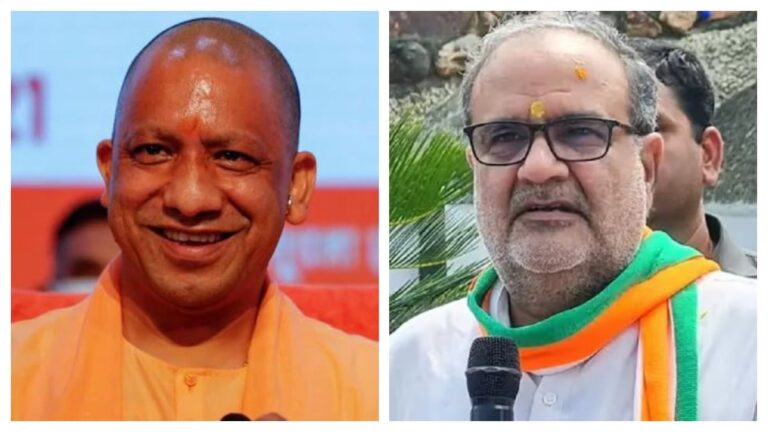Tariff from April 2 … How will GDP and trade of India be affected, what did the global agencies tell? – Global Rating Agencies Say About Reciprocal Tarifs Impact on India from 2 April Tutd
US President Donald Trump has announced a tariff on India. Everyone is waiting for how much tariff will be taken on India on 2 April, from Dalal Street to Mint Street, from boardroom to policy corridors. Donald Trump has said many times before that India imposes the most tariffs compared to other countries. In such a situation, it is being said that America will also put the same tariff on India.
According to the World Trade Organization (WTO), the tariff will be 12 percent in 2023-24, while it will be 2.2 percent for the US. On March 19, in an interview with Breetbart News, US President Donald Trump said that I believe that India is probably going to reduce those tariffs to a great extent, but on April 2 we will charge the same tariff from them. In such a situation, how much effect will it have on India? Let’s know what the global agencies are saying on this.
What did S & P Global say?
The new report has been introduced by S&P Global, which states that a strong economy and less contact with the US protects India from the effects of Trump Tariff. The limited indirect of tariff is likely to be impact, as India’s export sector is only 10th of its GDP.
However, there may be interruption in some areas. S&P said in a report that India reduces lower contact tariffs with America, but can affect steel and chemical sectors in the country. The rating agency said that most of the Indian companies obtained by rating can withstand temporary income recession.
Fittch said India safe
Fitch has upheld his estimate of 6.5 percent GDP growth for India in FY 2025-26. However, it has warned that ‘American trade policies more aggressive than expected can pose a big risk for development forecast. According to Fitch, business faith remains more and the loan survey shows that the private sector continues to grow double digits in the bank loan and said that India is somewhat untouched by American tariff action, as its dependence on external demand is low.
What does Moody’s report tell?
Moody’s Ratings said in a report that automotive, steel, chemicals and trade-service sector companies are the most victims of US tariffs in South and South-East Asia, which may reduce demand and increase costs. However, the rating agency said that mining, oil and gas, shipping, investment holding companies and areas like protein and agriculture are best suited to withstand this effect.
The report states that the direct impact of tariff measures proposed by the US in the case of steel and chemical companies will be very low, but this will send surplus steel and petrochemicals to other markets including Asia, which will further increase the high supply in the region. This will weaken prices and hence the profits of these companies will be reduced.
IT companies are in a better position to withstand the increased cost. Moody’s also says that Reliance Industries, which exports about half of its production from its oil-to-chemistry segment. Probably it will have an indirect effect on India.
Negative impact on development
Goldman Sachs has estimated that the tariff of Trump will get the Indian GDP a 10-60 BPS shock. Goldman Sachs said in its report, ‘India’s gross export to the US is the lowest among its emerging market colleagues at about 2.0% of GDP. However, in terms of global tariffs on all countries from the US, India’s domestic activity risk for the US’s final demand will be almost double the risk for the US through exports of other countries and as a result the potential domestic GDP growth effect would be 0.1–0.6 percentage points. ‘
The report of Goldman Sachs says that the US can impose tariffs on India in three ways. Depending on the average tariff difference on all products imported from India, one can apply non-tariffs on each product by applying tariff equal to India’s tariff, or administrative obstacles, import licenses, etc.
(Tagstotranslate) Reciprocal tarifs






